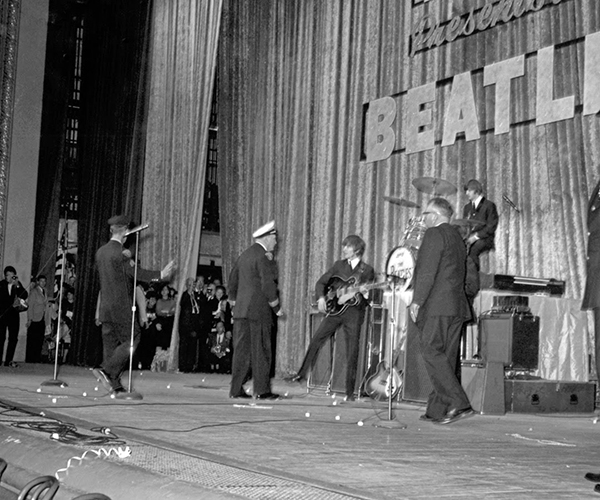lakefront
For years, Cleveland's lakefront was in trouble — a stark, ambiguous hobo camp vista with an industrially laden diorama surrounding it, earning the nickname "Tin Can Plaza." Only the relatively new Cleveland Municipal Stadium, built a few years prior, and the rudimentary Cleveland Port and garbage dump were nestled against it. But in 1936, the Great Lakes Exposition — modeled to emulate the popular World's Fairs of the era — showcased a century of achievement at a time when the city (and the country) was mired in Depression. With 135 acres of fairgrounds, the $1.5 million expo drew 7 million people over its two-year run to play Skee-Ball, feed peanuts to monkeys in Monkeyland, see two dozen midgets put on a tent circus and watch Cliff Wilson's Snake Show, starring Elmer — a 30-foot Borneo reticulated python purported to be 198 years old.
Our modern-day lakefront began to get wind in its sails in 1988. North Coast Harbor, anchored by the Steamship William G. Mather Maritime Museum, began its crescendo to tourist destination with the opening of the $93 million Rock and Roll Hall of Fame and Museum in 1995 followed by the Great Lakes Science Center and Voinovich Bicentennial Park. Cleveland Browns fans disheartened by Art Modell's move of the Browns in 1995 finally had reason to cheer again with the construction of FirstEnergy Stadium, which opened on the old Cleveland Municipal Stadium footprint in 1999 after its predecessor's demolition in 1996. While Cleveland's pundits complain that its shoreline is still a far cry from other lakefront cities, a wave of new developments are in the works. The latest plans call for added green space, walking and cycling paths, shops, restaurants, offices, a hotel, mixed-use residential construction and even a school.



